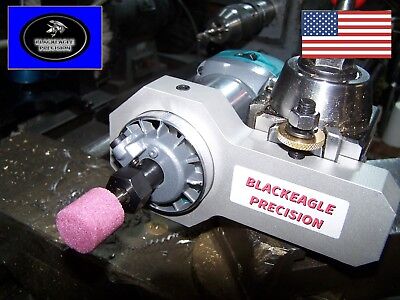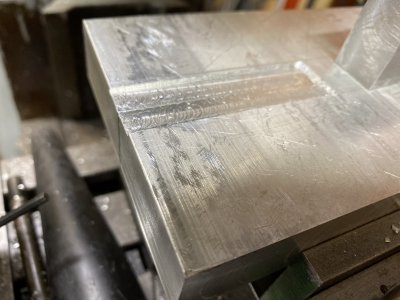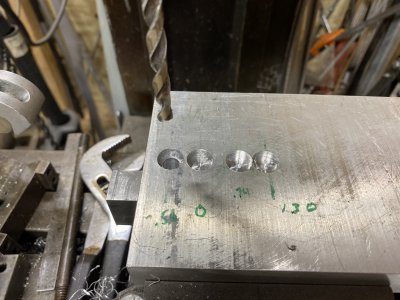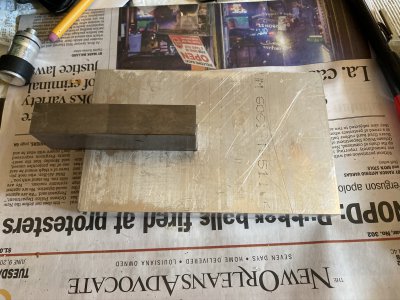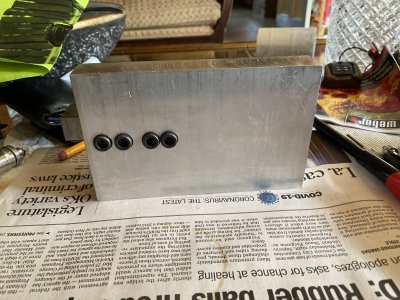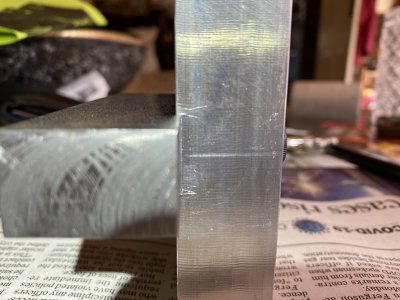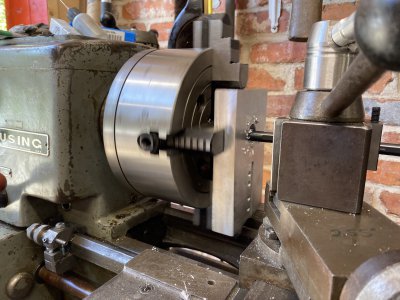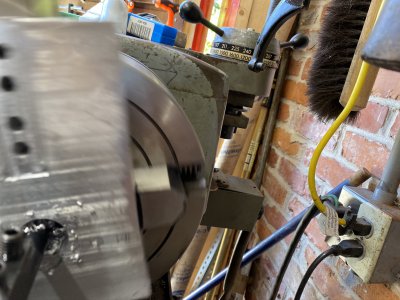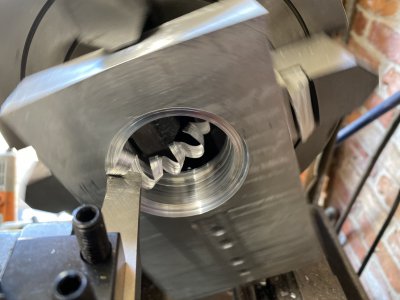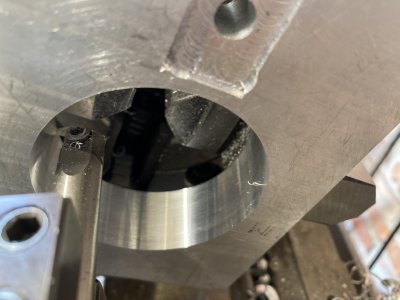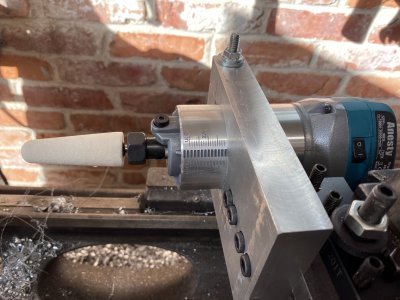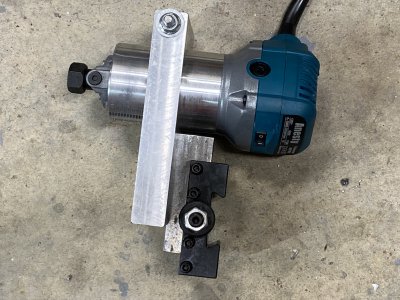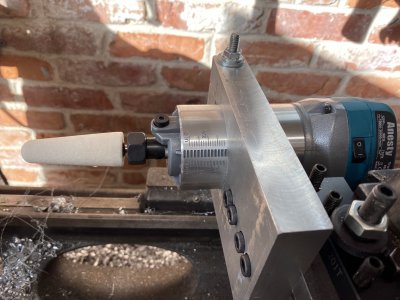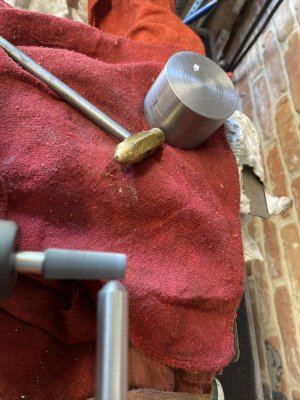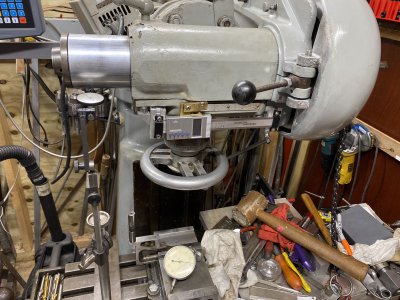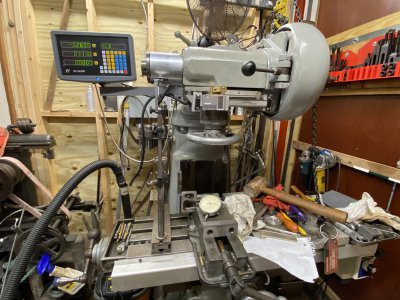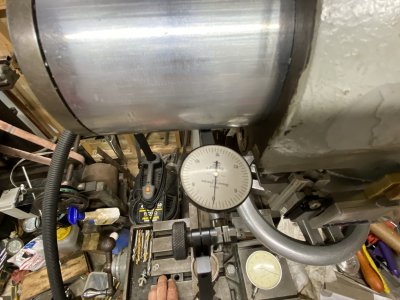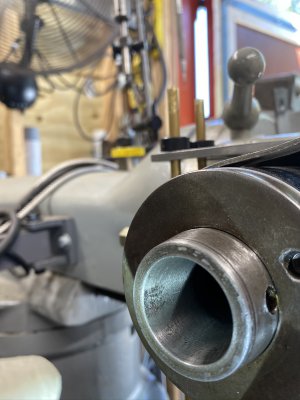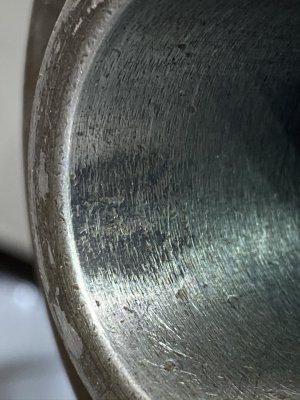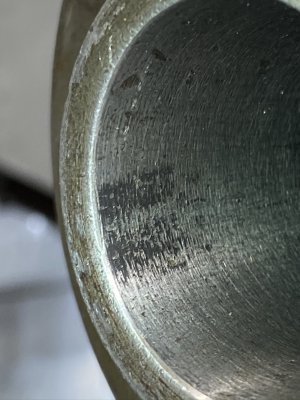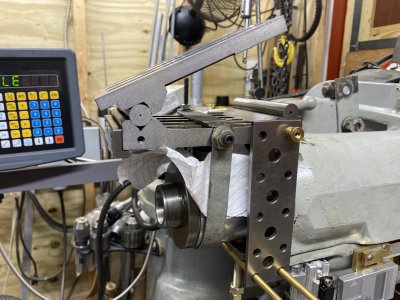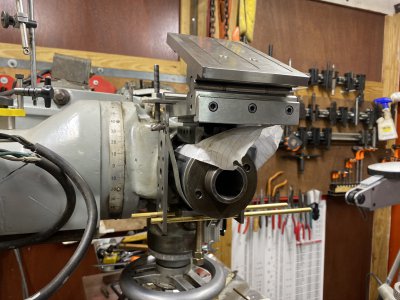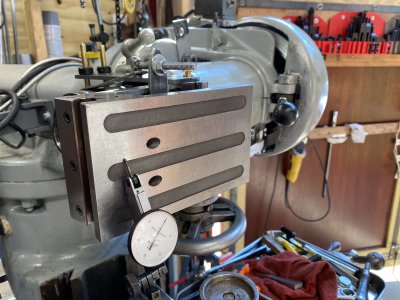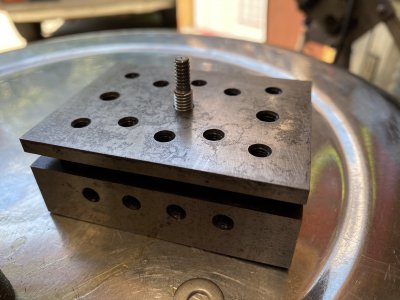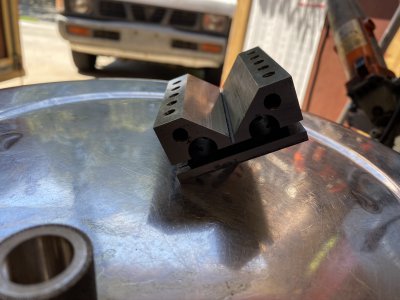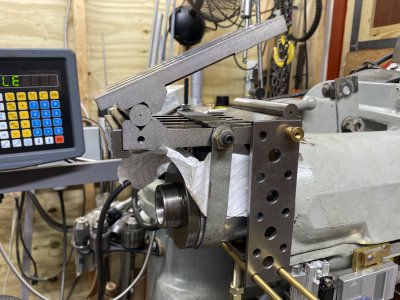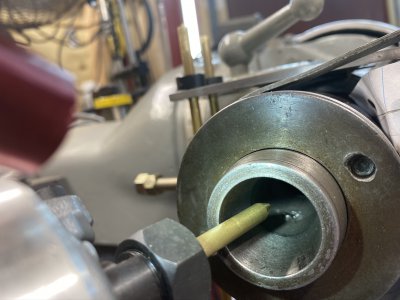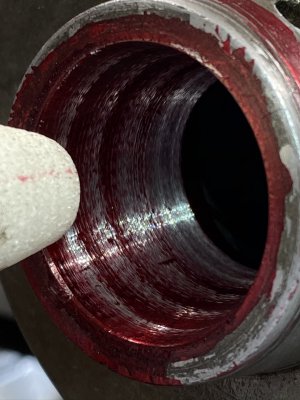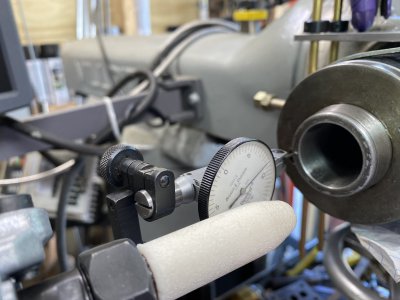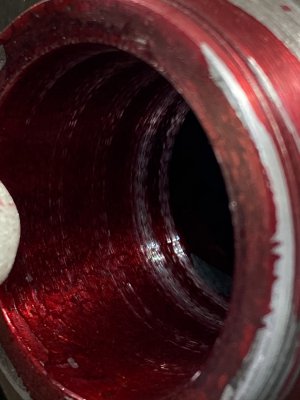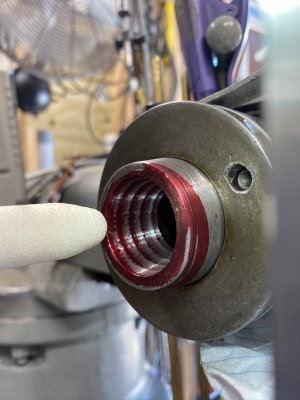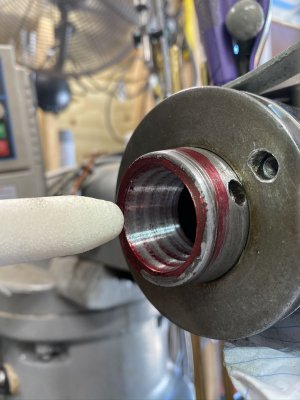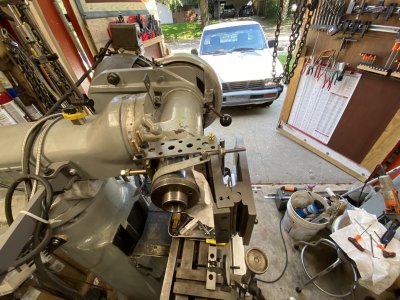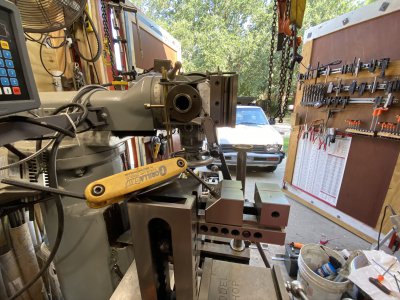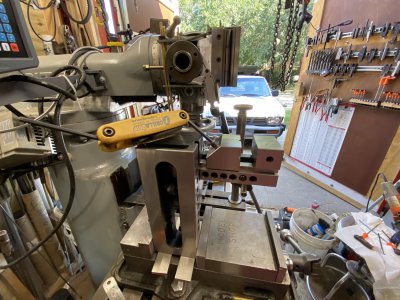I’m going to document the recently completed Re-Grinding of my spindle on my Millrite MV1. And as a side note, this is same process which would be done on any Bridgeport turret styled mill.
I replaced my spindle bearings about a month back. The mill was never quite right since the day I purchased it. I only paid 800.00 for it, but it’s always been a bit out. Personally I think it was dropped at some point.
Anyway the bearings were a little noisy and the spindle was flopping around....in and out as I would drill a hole. After I pulled it apart to replace the bearings I ran into trouble with my housing and I patched that up, but there wasn’t any way to really find the high spots of the bearings to match up with the spindle since someone already replaced the precision bearings with off the shelf standard bearings.
Long story short, my milling machine was always out.... between 0.0035 and 0.0055 . It was really out of specs. I thought changing the bearings would fix it, but no luck. FWIW, I went back with precision bearings but no luck on fixing my out of specs.
I’ll show some pics of the taper beforehand and you can see it looks like it’s was rough ground once before since it’s surely didn’t look smooth for a milling machine taper.
Anyway it came out pretty good. I’m coming up with one thousandth using a 1/8 collet and 3/4 of a thousandth using a 3/8” collet. In both cases I used a carbide drill round blank.....so I’m guessing that’s as good as I can expect out of Shars economy collets.
I replaced my spindle bearings about a month back. The mill was never quite right since the day I purchased it. I only paid 800.00 for it, but it’s always been a bit out. Personally I think it was dropped at some point.
Anyway the bearings were a little noisy and the spindle was flopping around....in and out as I would drill a hole. After I pulled it apart to replace the bearings I ran into trouble with my housing and I patched that up, but there wasn’t any way to really find the high spots of the bearings to match up with the spindle since someone already replaced the precision bearings with off the shelf standard bearings.
Long story short, my milling machine was always out.... between 0.0035 and 0.0055 . It was really out of specs. I thought changing the bearings would fix it, but no luck. FWIW, I went back with precision bearings but no luck on fixing my out of specs.
I’ll show some pics of the taper beforehand and you can see it looks like it’s was rough ground once before since it’s surely didn’t look smooth for a milling machine taper.
Anyway it came out pretty good. I’m coming up with one thousandth using a 1/8 collet and 3/4 of a thousandth using a 3/8” collet. In both cases I used a carbide drill round blank.....so I’m guessing that’s as good as I can expect out of Shars economy collets.
Last edited:


